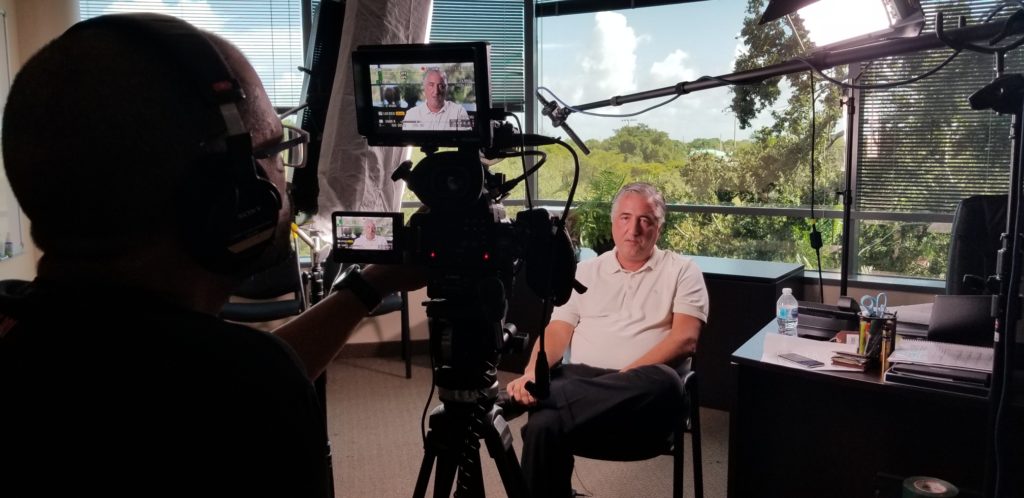
When to Use a Close Up Shot
Close up shots are one of the most powerfully emotional shots used in cinema. Taken at close range, the close up shot can provide a deeply detailed look into the intimacy and emotions of the character. The use of the close up shot allows for a significant emotional connection between the viewer and the character or the object that is featured by the close up. Let’s take a look at when to use a close up shot and why it’s best in some cases but not in others.

Why Use a Close Up Shot
Close up shots are used to define the emotions of the character or the deep grandeur or scope of the object that the close up is focused on. Close ups can generate powerful emotional connections between the character and the audience. They are used to signify importance and to show that a character’s expressions deeply relate to the story.
When a character’s sanity is in question, the close up shot can be used to clearly show that a character has lost all sanity. Equally true, when a character is frustrated, we use a close up shot to show the powerful frustration that comes from the character’s facial features.
Directors choose to use close up shots in the following situations:
- To elevate the emotions of the character and convey a deep sense of emotion to help the audience feel like they are part of the action occurring in the film.
- To place emphasis on the subtle elements of a character’s face or expressions such as a raised eyebrow or an eye roll in annoyance.
- To change the current pace of the story by showing a character’s reaction to a particular event or emotion.
- To draw importance to a character or object so that the audience understands that the presence or reaction of the individual is important.
- To help viewers relate back to the story such that they can see the world through the eyes of the character.

Types of Close Up Shots
Several types of close up shots exist in the filmmaking world. Directors refer to the Spielberg Face Close up when referencing the slow pan or dolly movement of the camera as it shows the character’s face which zones off in awe at something or someone off the screen. This is seen in hundreds of movies.
The Insert Close up shot is used to refer to the use of a close up shot that quickly answers important questions with a single visual. These close ups can be used to pivot the plot of the film forward or to help the audience to better understand an important detail or moment of the story. These close ups are generally of an object rather than a character except when an insert close up is paired with a character’s face close up to show a reaction to specific data in the film.
Medium close up shots can be used to show a medium shot of the character generally capturing the waist up. These evoke less emotion but allow for a greater glimpse into the character’s life allowing for a connection between viewer and character.
Extreme close up shots show the most intense version of the close up. These are used to show just the eyes of the subject or just a particular area, usually of the face, that shows deep emotion. No other close up can be used to connect and hone in on the character the way the extreme close up can.

Now that you know the different types of close up shots and when directors make use of them, what steps will you take to include close ups in your production? Need a camera crew that knows how to use various camera angles and shots to make the most out of your scene? Contact Beverly Boy Productions today to get started with advanced film production that will exceed your expectations.


